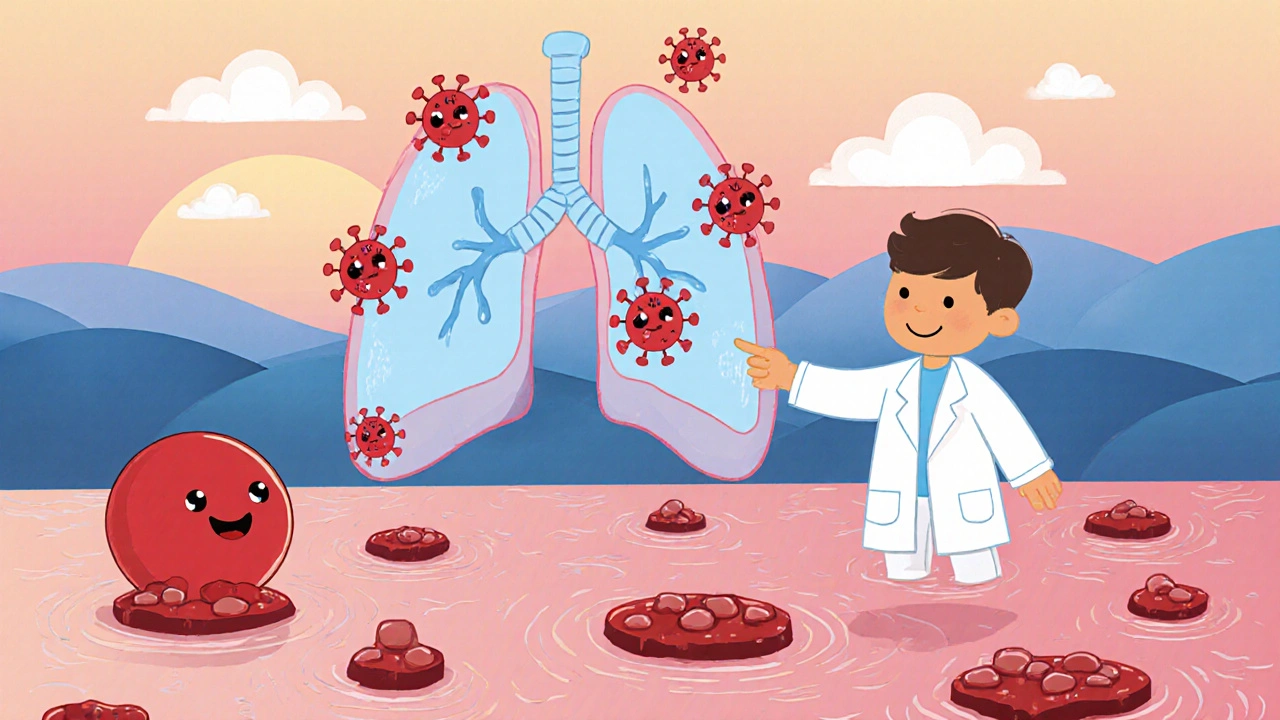Side effects: what to expect and how to handle them
Side effects are the most common reason people stop a medicine early. Some are mild and go away in days. Others need a quick call to your doctor. Knowing the difference helps you stay safe and get the benefit you need from treatment.
Side effects can be predictable (like nausea from antibiotics) or rare and serious (like allergic reactions). They also depend on dose, other drugs you take, your age, and health conditions. For example, blood thinners such as warfarin (Coumadin) need regular INR checks because small changes can raise bleeding risk. Antidepressants like Lexapro often cause sleep or stomach changes at first, then settle. Antifungals such as Diflucan interact with many drugs — that’s why a quick medication review matters.
Practical steps to reduce and track side effects
Here are simple moves that cut risk and make side effects easier to handle.
- Keep a medication list. Include prescription drugs, OTC meds, supplements, and herbs. Show it to every provider and pharmacist.
- Start low, go slow. When possible, start at a lower dose and increase only if needed. Many side effects ease as your body adjusts.
- Watch timing and food rules. Some meds must be taken with food to reduce nausea; others need an empty stomach. Follow the label and ask if unsure.
- Check interactions. Use a trusted tool or ask a pharmacist before combining drugs. Pain relievers like ibuprofen and paracetamol work differently and have different risks — choice matters if you have stomach, kidney, or liver issues.
- Track symptoms. Note when a symptom started, how long it lasts, and anything that makes it better or worse. This helps your clinician decide the next step.
Want real examples? Our site covers things like Lexapro side effects, how to manage warfarin dosing, and the safety profile of Motilium (domperidone). Those posts show common problems and practical fixes you can discuss with your clinician.
When to call your doctor or go to emergency
Some signs mean you should act fast. Call your doctor or emergency services if you notice:
- Breathing trouble, swelling of face or throat, severe rash — possible allergic reaction.
- Very heavy bleeding, sudden severe headache, confusion, or fainting while on blood thinners.
- High fever, widespread muscle pain, or yellowing of the skin and eyes (signs of liver trouble).
- New chest pain, shortness of breath, or rapid heartbeat after starting a new drug.
Most side effects can be managed with simple changes. Still, never ignore new or worsening symptoms. Talk to your pharmacist or doctor, keep records, and don’t stop a prescribed medicine without checking first. That small step keeps you safer and helps your treatment work better.
Learn how COVID-19 respiratory infections change clotting risk and what you must do when blood thinners interact with antiviral drugs, plus practical management tips.
Compare Voveran SR (diclofenac) with common NSAID alternatives, covering effectiveness, safety, dosing and practical tips for choosing the right pain reliever.
Follow a real diary of a patient using ampicillin for a sinus infection recovery. Get day-by-day insights on symptom changes, side effects, and tips to cope with antibiotics. Packed with honest experience and useful info for anyone curious about what to expect on this common treatment journey.



